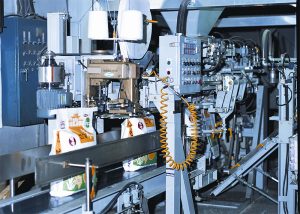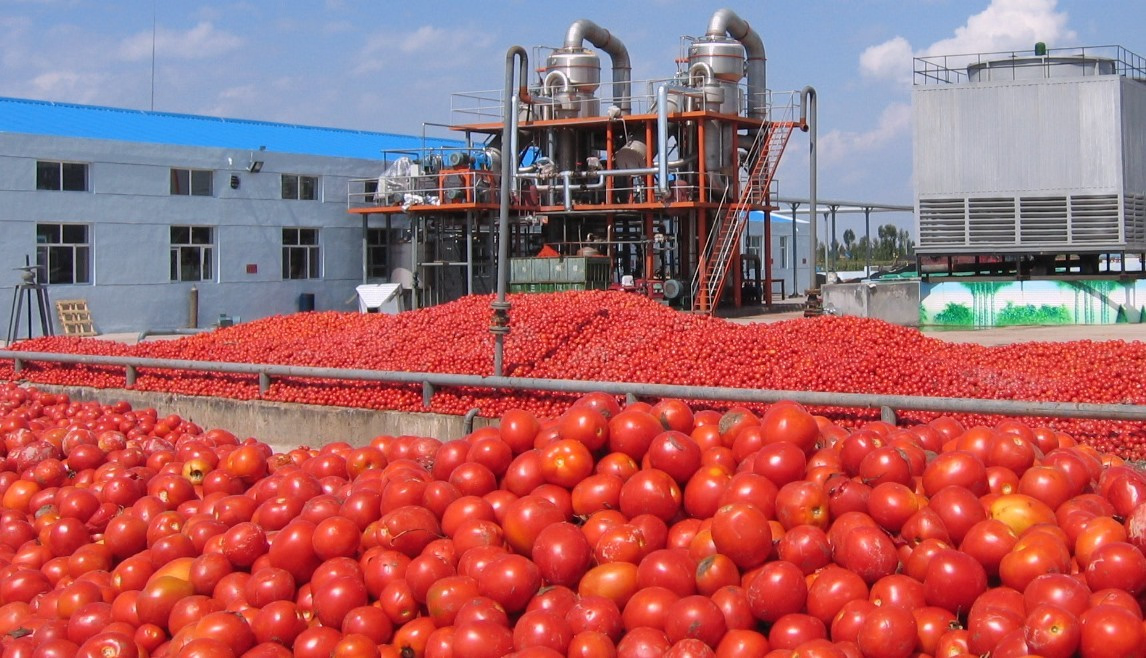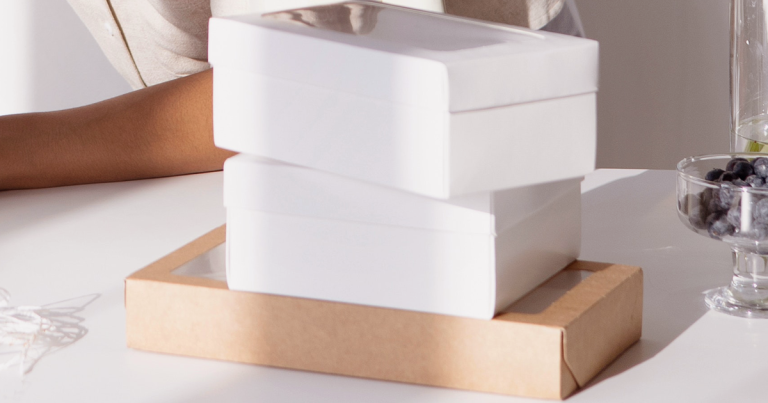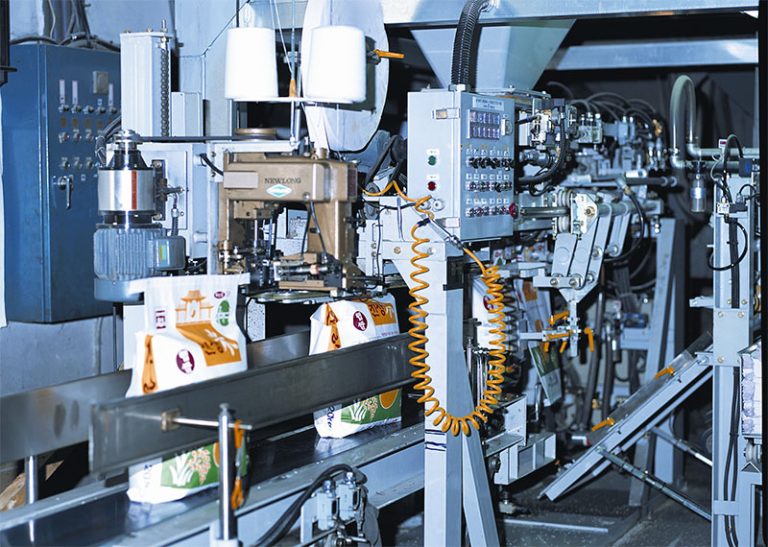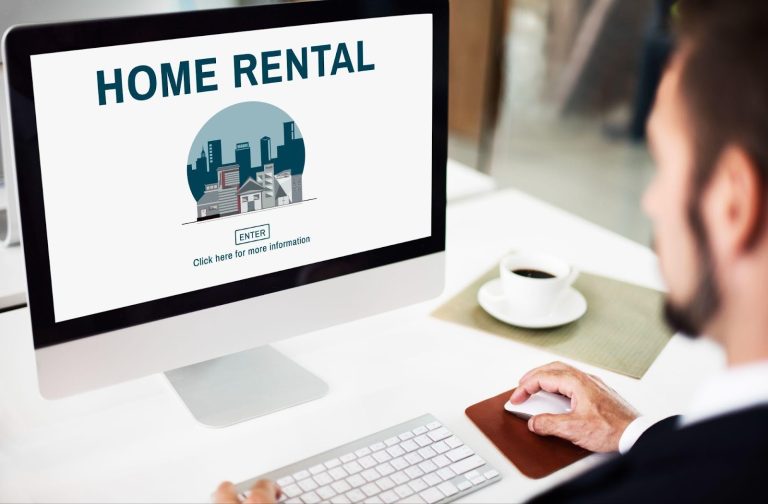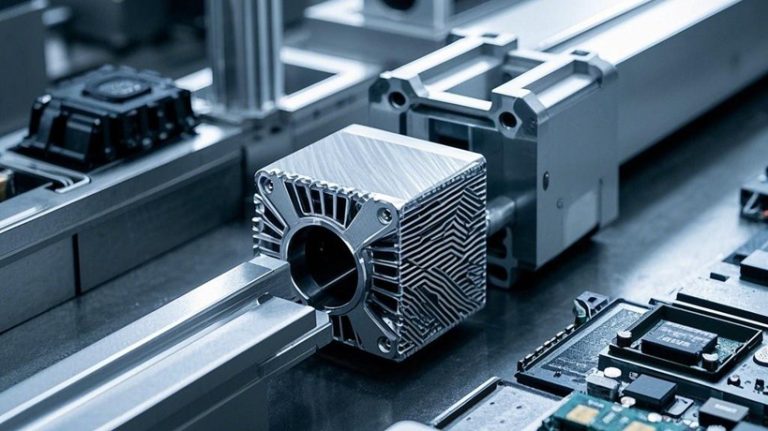Tomato paste is a widely used product in both domestic kitchens and commercial food preparation facilities. With global demand on the rise, entrepreneurs and agribusinesses are increasingly interested in setting up tomato paste processing lines to capitalize on this demand. However, launching a tomato paste production line involves more than just purchasing machinery. From equipment to utilities, labor to logistics, the financial planning must be detailed and data-driven. This article provides a comprehensive cost analysis of setting up a tomato paste processing line, with a focus on key investments such as the tomato processing machine, stainless steel mix tank, and sourcing from a reliable food processing equipment supplier.
1. Initial Capital Investment
Setting up a tomato paste processing line starts with significant capital investment in essential machinery and infrastructure. Depending on the scale of production—small, medium, or large—the cost can vary widely. A small-scale plant processing 1 to 2 tons per hour may require $80,000 to $150,000 in initial equipment costs. Medium-scale facilities that process 5 to 10 tons per hour may need upwards of $300,000 to $700,000, while large-scale industrial lines could easily exceed $1 million.
Key Equipment Costs Include:
Tomato Processing Machine: $20,000 – $150,000 (depending on capacity and automation level)
Stainless Steel Mix Tank: $5,000 – $30,000 (size-dependent, essential for blending and heating)
Pulper & Refiner: $8,000 – $25,000
Evaporator: $30,000 – $100,000
Sterilizer and Aseptic Filling Machine: $40,000 – $200,000
Boilers, pumps, conveyors, and piping: $20,000 – $100,000
Installation and Commissioning: Usually 10–15% of equipment cost
Partnering with a reputable food processing equipment supplier is critical to ensuring you receive reliable machines, comprehensive warranties, and technical support.
2. Facility and Utility Costs
In addition to equipment, you must factor in the costs of constructing or leasing a facility, including space for washing, sorting, pulping, evaporation, and packaging.
Estimated Facility Costs:
Building and Renovation: $50,000 – $200,000 (depending on location and existing structure)
Water Supply and Treatment: $5,000 – $20,000
Electrical Installation: $10,000 – $30,000
Steam Generation (Boilers): $15,000 – $60,000
Compressed Air Systems: $8,000 – $20,000
Because tomato processing involves high temperatures and sanitary requirements, materials such as stainless steel are preferred. A stainless steel mix tank, for example, ensures hygiene, corrosion resistance, and durability in heating and mixing processes.
3. Labor and Staffing Expenses
A tomato paste line typically requires both skilled and unskilled labor. Roles may include machine operators, quality control inspectors, maintenance staff, and administrative personnel.
Sample Monthly Labor Costs:
Machine Operators (2–4): $600 – $2,000 each
Technicians/Maintenance: $800 – $2,500
Quality Control and Lab Staff: $1,000 – $3,000
Packaging and Warehouse Staff: $500 – $1,200 per person
Supervisory/Managerial: $1,500 – $3,500
Annual labor costs can range from $100,000 to $300,000, depending on the size of your operation.
4. Raw Materials and Consumables
Tomato paste production is raw-material-intensive. On average, 6–7 kg of fresh tomatoes yield 1 kg of tomato paste at 28–30% Brix concentration.
Example Raw Material Costs (Per Ton of Paste):
Fresh Tomatoes: $90 – $130 per ton
Citric Acid and Preservatives: $10 – $20 per ton
Packaging Materials:
Tin Cans / Glass Jars: $150 – $300 per 1,000 units
Aseptic Bags & Boxes: $120 – $250 per 1,000 liters
Energy (Electricity, Steam, Water): $20 – $50 per ton
Costs fluctuate seasonally and vary based on local agricultural conditions and global commodity prices.
5. Maintenance and Depreciation
Machinery must be maintained to ensure uptime and safety. Partnering with a responsive food processing equipment supplier can reduce downtime through access to spare parts and service contracts.
Annual Maintenance Budget:
Routine Maintenance and Spare Parts: 2–5% of equipment value
Unexpected Repairs: $5,000 – $20,000 annually
Depreciation: 10–15% annually (machinery lifespan of 7–10 years)
6. Packaging, Branding, and Distribution
Selling your tomato paste requires investments in labeling, branding, logistics, and distribution.
Estimated Marketing and Packaging Costs:
Labeling Design and Printing: $3,000 – $10,000 (one-time)
Branding/Certifications (e.g., HACCP, ISO): $5,000 – $15,000
Distribution Logistics: $0.10 – $0.50 per unit (depends on region)
Warehousing and Inventory Costs: $500 – $2,000/month
Retail packaging choices (bottles, cans, pouches) directly influence product positioning and costs.
7. ROI and Break-even Analysis
Return on investment (ROI) depends on production volume, market pricing, and operational efficiency. Let’s assume a plant produces 5,000 tons of paste annually, sells at $900 per ton, and has a total yearly operating cost of $3 million.
Revenue: $4.5 million
Operating Costs: $3 million
Gross Profit: $1.5 million
Break-even Point: ~2–3 years (depending on capital expenditure)
A well-optimized line with quality tomato processing machines and sanitary components like stainless steel mix tanks helps lower energy use and boost yield, improving ROI.
Conclusion
Setting up a tomato paste processing line is a capital-intensive but profitable venture when planned strategically. From purchasing reliable tomato processing machines and stainless steel mix tanks to selecting a trustworthy food processing equipment supplier, each decision affects both short-term costs and long-term profitability. A detailed cost analysis like this allows entrepreneurs to minimize risks, estimate returns accurately, and ensure sustainable operations in the competitive food processing industry.



